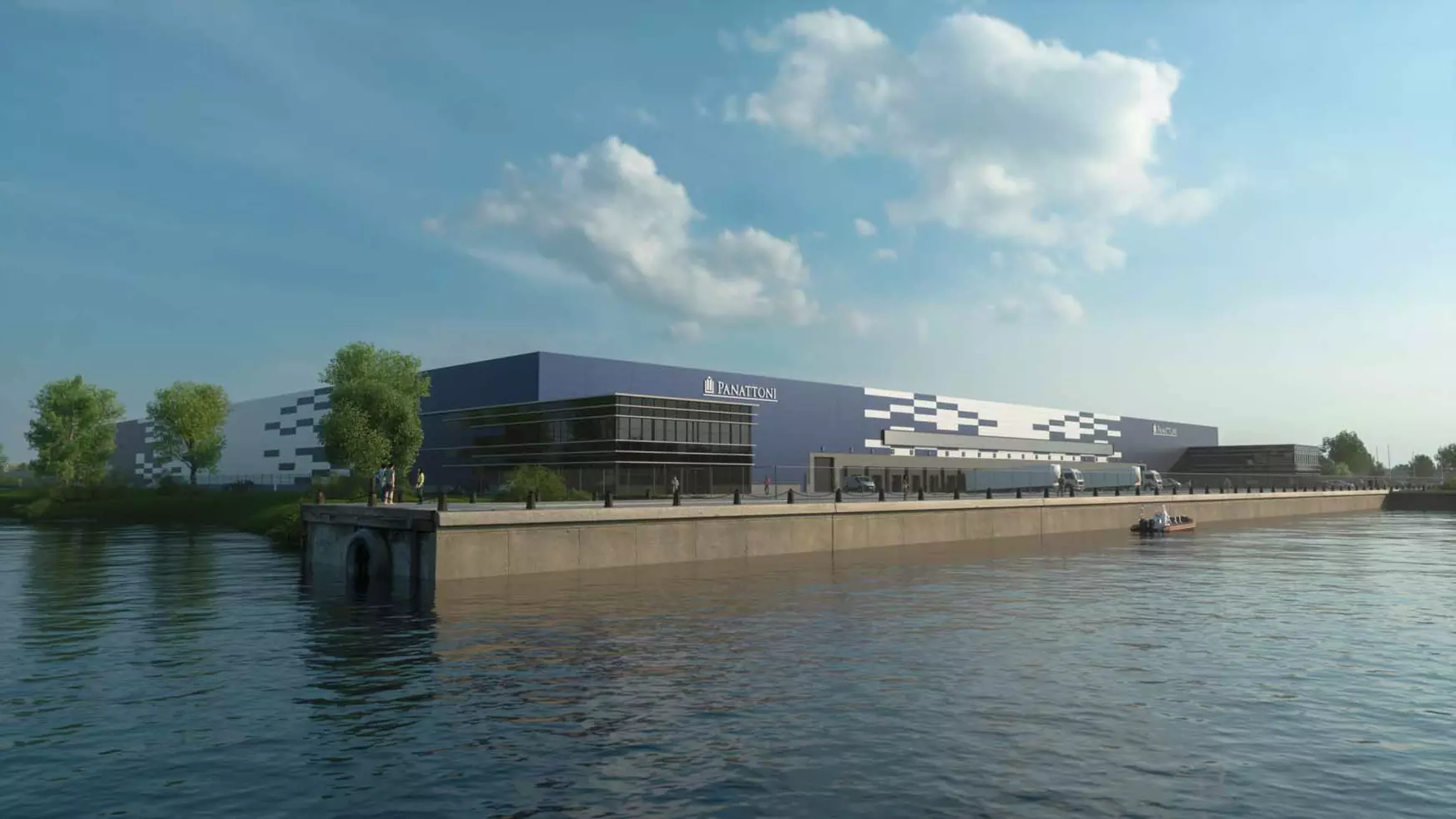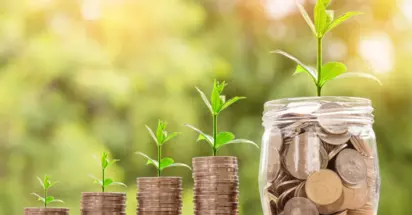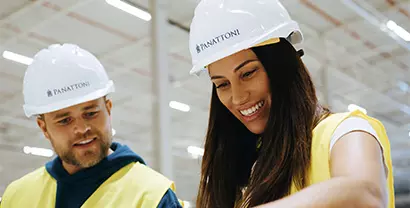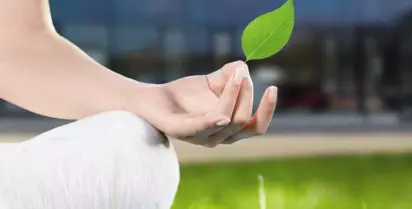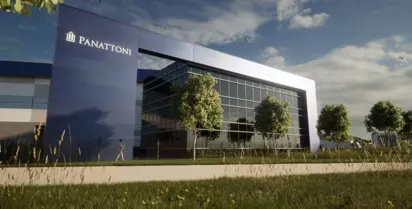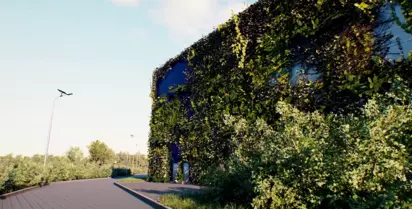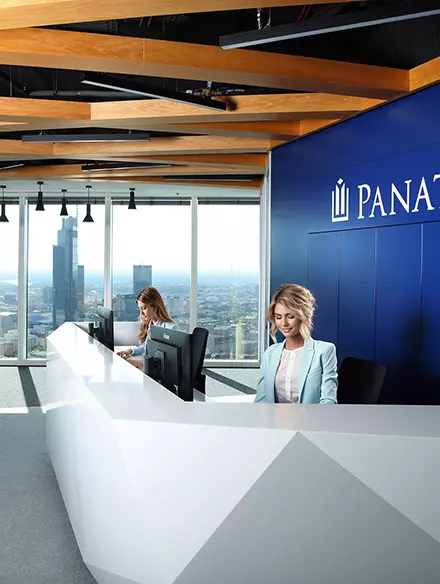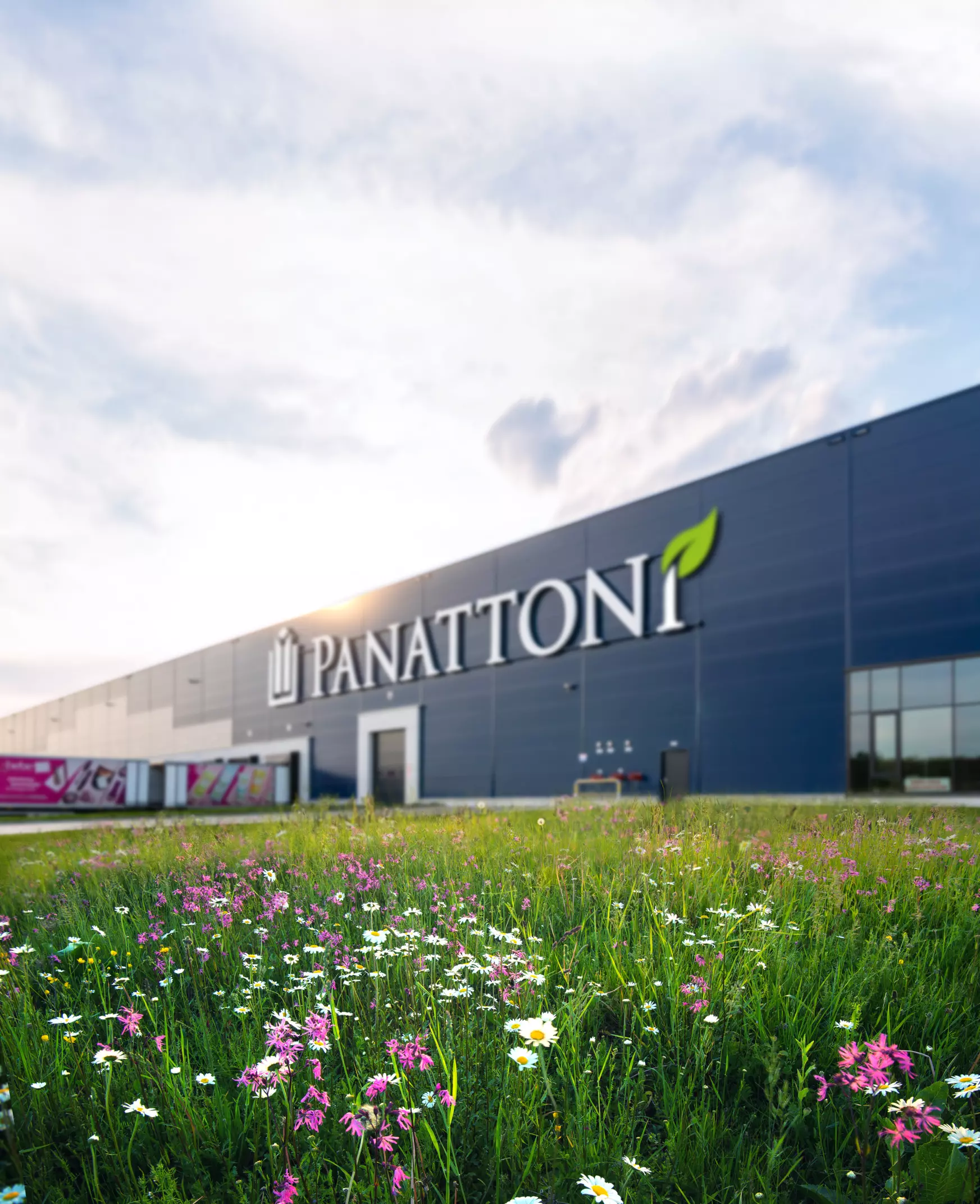
Logistics real estate developer Panattoni has joined the Dutch Green Building Council (DGBC). DGBC, founded in 2008 and a member of the World Green Building Council (WorldGBC), aims to promote and accelerate sustainability in the built environment in the Netherlands. The foundation is responsible, among other things, for the development and management of the BREEAM certification in the Netherlands. This is the leading global method for assessing sustainability in the construction sector. More than 380 Dutch companies and organizations in the construction and real estate industry, as well as major end-users, municipalities, and knowledge institutions, support DGBC's mission. With sustainability as a focal point, membership in DGBC is a logical step for logistics real estate developer Panattoni, and the developer intends to actively contribute to further greening the logistics real estate sector. To maintain the quality standards of the BREEAM-NL certification for this sector, Panattoni will collaborate on further improvements to this certification.
Rudy van der Helm, Manager of Development and Management at DGBC, stated, "DGBC plays a crucial role in the transition to a circular economy where living, working, and thriving in a sustainable environment is paramount. Panattoni's efforts, utilizing BREEAM-NL, have a measurable positive impact."
Jeroen Gerritsen, CEO of Panattoni Netherlands, commented, "As a family-owned company, we continue to invest in the future of the next generation. We hold high standards for sustainability in our developments and aim to further enhance sustainability with solutions that have a direct positive impact on the well-being of our tenants, the environment, and society. Our team is dedicated to monitoring, analyzing, and optimizing the sustainable performance of our projects on a daily basis. Partnership and knowledge exchange with companies and organizations sharing the same mission, such as the Dutch Green Building Council, are invaluable to us, and we look forward to further shaping this collaboration in the coming period."
Contributing to Quality
Panattoni's buildings meet the highest sustainability standards, resulting in all Panattoni projects delivered in the Netherlands conforming to BREEAM-NL Very Good certification. For new developments, Panattoni continues to set higher standards. The first BREEAM-NL Excellent building, Panattoni Park Twente, is set to open its doors in spring 2024.
Rudy van der Helm added, "As partners, we will continue to collaborate in the coming years. Where do we want to be together in ten years? How should sustainable logistics buildings look then? As a DGBC partner, Panattoni can actively contribute to substantive changes in BREEAM-NL, thereby maintaining high-quality standards. Panattoni's employees can contribute their ideas, just like all other partners, to our decision-making process."
Jeroen Gerritsen continued, "Panattoni has delivered several sustainable distribution centers and has more in development. With this experience, as a partner, we will work with the Dutch Green Building Council to enhance BREEAM-NL even further."
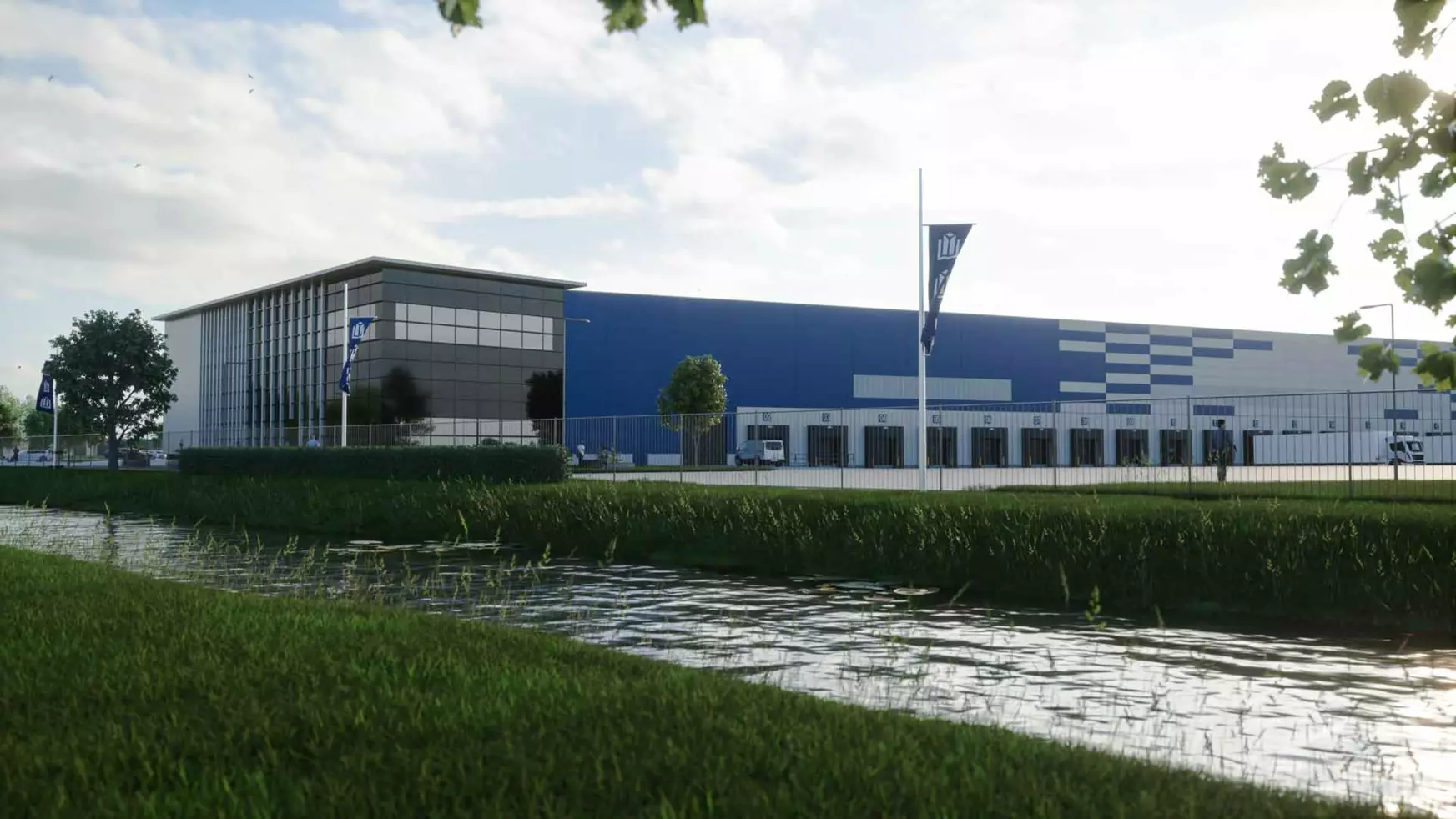
100% BREEAM-NL and 80% Brownfield
BREEAM (Building Research Establishment Environmental Assessment Method) is the leading global method for assessing sustainability in the construction sector. Compared to other real estate sectors, the logistics real estate sector in the Netherlands leads in BREAAM-NL certification. Since its establishment in the Netherlands, Panattoni has exclusively delivered BREEAM-NL certified logistics real estate, achieving a 100% BREEAM-NL rate.
Jeroen Gerritsen stated, "At Panattoni, we view a sustainability certificate like BREEAM-NL not as an end goal but as a result of our vision of future-proof development. Our sustainability efforts extend beyond the buildings we construct. In our new projects, such as Panattoni Park Steenwijk, we develop with a strong focus on the environment, working closely with ecologists and landscape architects. We choose solutions that enhance the ecological value and biodiversity of the site, contributing to the well-being of animals, humans, and the environment. For example, at Panattoni Park Steenwijk, we are creating wadis (commonly known as green ditches) as natural climate-adaptive solutions to manage excess rainwater from heavy rainfall due to climate change. We plant water-dependent vegetation in these wadis, which turns lush green on sunny days. On rainy days, small amphibians from the nearby Eesermeer come to breed in these shallow wadis. Additionally, we are landscaping the site with a spacious garden, a mosaic of various plant species, willow shrubs, and walking paths. Solutions like these enhance the biodiversity of our new Panattoni parks and provide more green space for relaxation for employees and a more pleasant view for the surrounding community."

A building with a BREEAM-NL certificate is not only technically future-proof but also optimally designed for the productivity and health of its occupants. The well-being of employees is a top priority for the new BREEAM-NL Excellent Panattoni Park Twente.
Jeroen Gerritsen, CEO of Panattoni Netherlands, explained, "In the design of Panattoni Park Twente, we paid considerable attention to indoor air quality and visual and technical comfort to enhance a healthy working environment. For example, while the Building Regulations require ventilation at a rate of 23.2 cubic meters per hour per person, Panattoni Park Twente exceeds this with a rate of 60 cubic meters per hour per person, a significant difference."
Panattoni's focus in developing logistics real estate is on revitalizing aging industrial sites and other deteriorating areas that were once used for commercial or industrial purposes. Approximately 80% of Panattoni's portfolio consists of the redevelopment of these so-called brownfields. This development approach is a complex process that requires a multidisciplinary approach. These properties may be contaminated with chemicals, heavy metals, and other environmental pollutants that pose threats to public health and the environment. Redevelopment begins with thorough environmental assessments, and in cases of contamination, the soil is remediated to make it safe and suitable for new purposes. Outdated buildings are replaced with gas-free, sustainably certified new construction, with an emphasis on reusing materials from demolition. Instead of neglecting or avoiding these areas, brownfield development focuses on restoration, reuse, and sustainability. This approach optimally leverages the (economic) potential of existing spaces and infrastructure. Soil remediation and sustainable construction then create a healthier living environment, making brownfield development a responsible and future-proof form of real estate development.
Jeroen Gerritsen concluded, "In Ridderkerk, we are currently developing the former industrial site of the iconic company Smit Slikkerveer, once the heart of Ridderkerk's economy. Panattoni acquired the abandoned and aging production sheds, vacant since 2018, to build a new sustainable certified multifunctional business facility. This location, where industry thrived for over a century, will receive new life and a sustainable future with Panattoni Park Ridderkerk."
